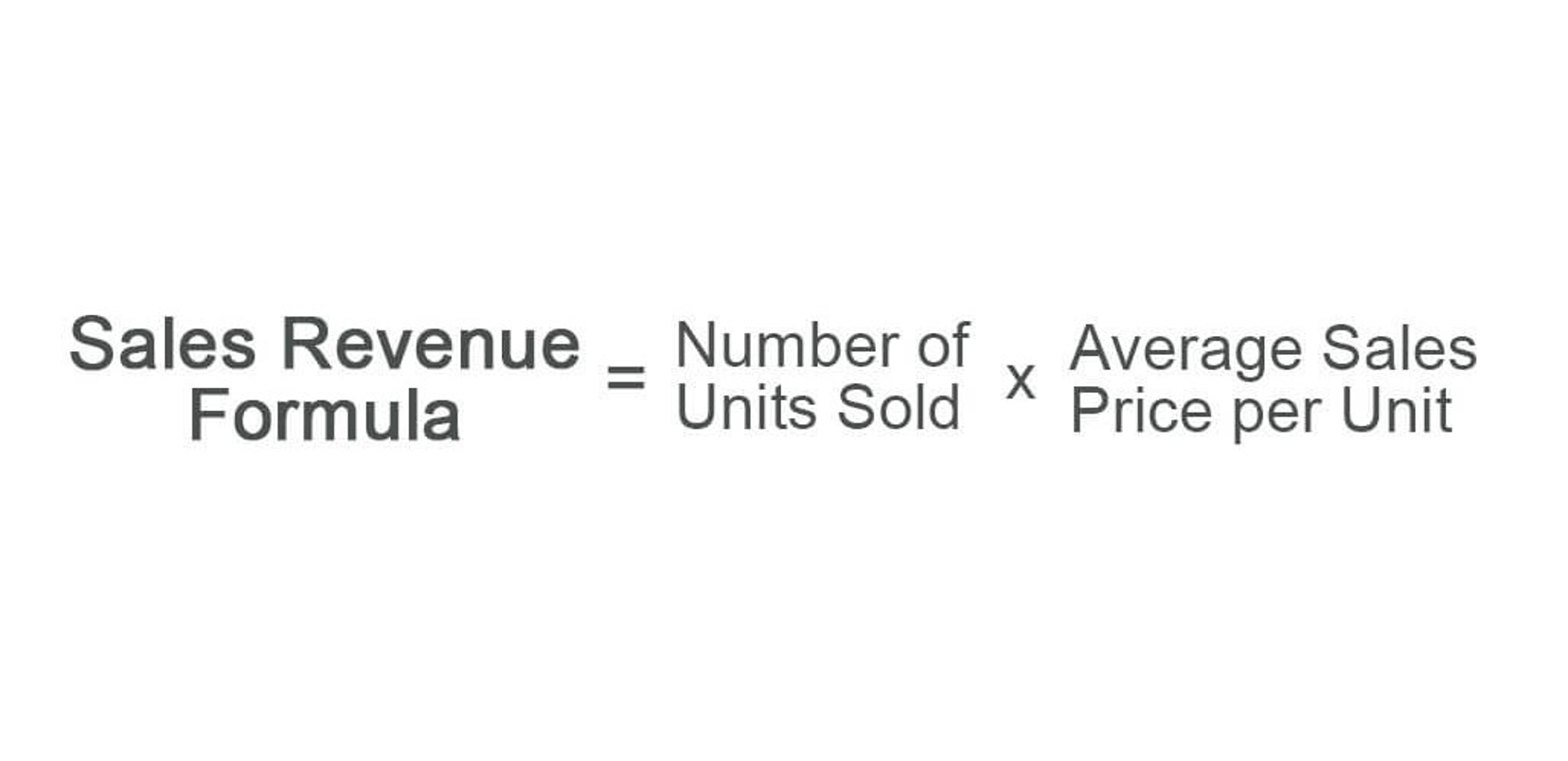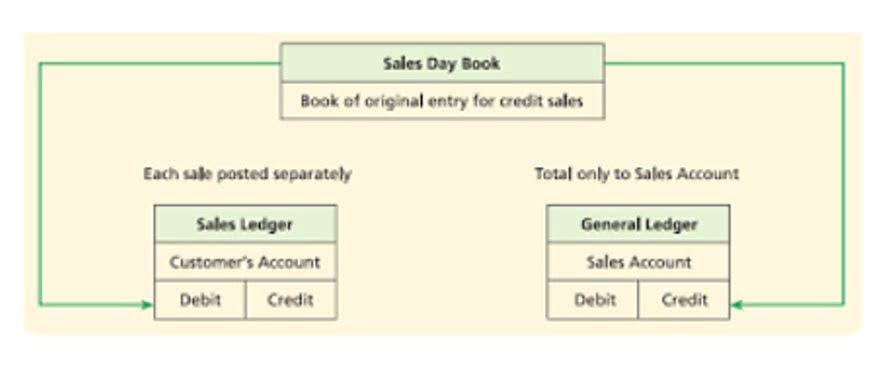
So with these core commonalities in mind, let’s dive into our topic. I’m going to go over the basic steps for recognizing revenue and expenses under accrual accounting, and then I’m going to give you some examples that will help clarify everything. In this lesson, we’re going to take a deep dive into the accounting standards on how to recognize income. The question of when revenues and expenses should appear on the income statement is at the heart of accrual accounting, so you really need to understand this topic well.
Two: Performance Obligations
- If we ever want to know the book value of the equipment that we own, we have to remember to add together the asset account and its contra account, accumulated depreciation.
- Sometimes the contract is simple, like when someone buys a hammer or a litre of milk.
- The implementation of new tariffs and increases to existing tariffs along with the possibility of reciprocal tariffs has heightened the potential impact on businesses across many industries.
- For revenue recognition, if cash is received before revenue is recognized, you create a liability.
Until the customer pays you, you have a legal right to be paid, hence the asset. This phenomenon, imbued with far-reaching implications, warrants a thorough examination to unravel its intricacies and discern its impact on financial reporting and business decision-making. Yes, there are times when a company can have positive cash flow while reporting negative net income. But first, we’ll need to explore how cash flow and net income relate to each other in the financial viability of the company. An increasing trend of accounts receivable could indicate that a company might be lowering its credit issuance restrictions to generate more sales. This, unfortunately, could affect the ratio of uncollectible debt and result in low earnings quality.

Titan Reports Strong Q4 Growth with 22% Rise in CaratLane Sales
Profit after accounting for all revenues and expenses, including non-operating ones. Operating income is often used to measure a company’s efficiency at managing its core business operations. Expense estimates are generally based on the historical cost of the resources consumed. Net income, in other words, is the difference between the value received from the use of resources and the cost of the resources that were consumed in the process.
One: The contract
In some businesses, like legal practices or construction companies, customers pay a retainer or deposit up front, before the business does any work. In fact, it’s explicitly referred to as unearned revenue, which is a liability. Only when the work is performed does the revenue get earned. Cash accounting is also very easy for managers to manipulate. If you want to inflate your earnings in any given fiscal period, you can just delay paying for your inventory. It may not matter to your supplier if you wait a couple of days extra to pay your invoice.
- In the US, where accounting standards are called the “generally accepted accounting principles,” or GAAP, the standard with the same name is referred to as Topic 606.
- Recognizing the future cost as an expense now fits the matching principle of income recognition because the revenue that the cost is related to has already been recognized.
- At any rate, managers have to use their own experience and as much data as they have to form the estimates they use.
- Companies try to build products to a certain level of reliability, and then charge more for higher quality and less for lower quality.
- By considering the differences between operating and net income, along with other financial ratios like Operating Margin, investors and business managers can gain a deeper insight into a company’s operational strength and overall financial health.

If we ever want to know the book value of the equipment that we own, we have to remember to add together the asset account and its contra account, accumulated depreciation. There was no impact on the income statement when you bought the inventory and none when the customer paid you. The income statement was affected only when you sold the inventory. This can get a bit tricky when you don’t yet know what the cost will be. For instance, when you sell someone a product with a warranty, you have a pretty clear idea of what the product costs you to buy wholesale, or to make, if you’re a manufacturer. Now, as we mentioned at the beginning of this video, once you have a clear idea of how to recognize revenue for something, you need to think about the expenses that went along with earning that revenue.
- Think about performance obligations and about the transaction price.
- In this case, however, we change our plans and decide to sell the truck after two years.
- Any increase in the acquisition cost of materials as a result of newly imposed or increased tariffs could increase the cost of inventory.
- It’s common practice in the car industry, where people trade in used cars to get new ones.
- Screeners is not Exchange-approved products and any disputes related to the same will not be dealt on the Exchange platform.
Provides a comprehensive view of a company’s financial health. To reflect the overall profitability after considering all factors (operating and non-operating). After the second year of owning the truck, we depreciate it by another 1/5th Accounting for Marketing Agencies of the historical cost.

Paying two years of insurance in advance means a monthly insurance expense of 1/24th of the amount you paid. As long as the accounting policies are applied consistently to all similar sales, it’s perfectly fine for dissimilar sales to have different accounting policies. Subject company may have been client during twelve months preceding the date of distribution net income recognition always increases: of the research report.
Top Government Stocks in India as per Market Cap

Bad debts are petty cash when you sell to someone on credit and they fail to pay the invoice. This means that there must be cash flows in exchange for something of value. You can’t recognize revenue if the customer doesn’t give you anything substantial in return, and you can’t recognize revenue if you’ve not provided them with something substantial.
Contracts with customers
You can’t have one without the other, so they’re not separate performance obligations. Finally, it must be probable that the seller’s going to collect the money from the customer. You can recognize revenue as long as it’s more likely than not that you’ll collect. But if you sell something on credit to a customer that’s going bankrupt, your auditor is going to politely insist that the sale doesn’t count towards revenue.

Skriv et svar